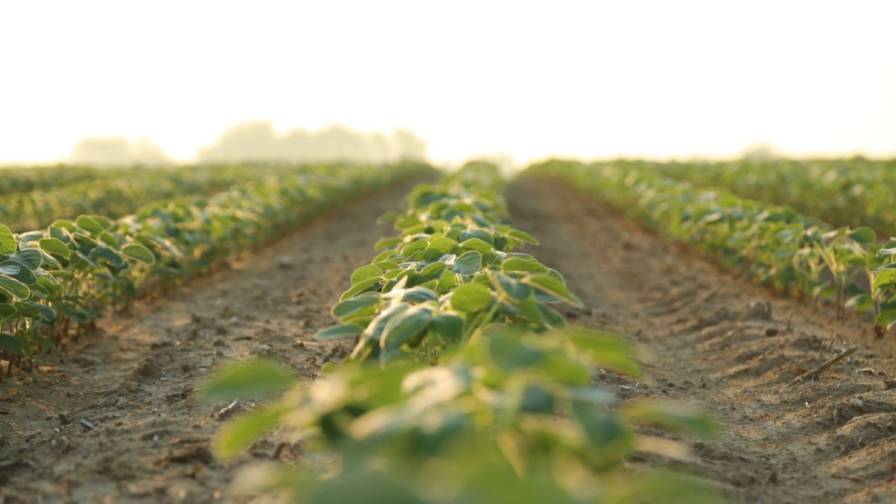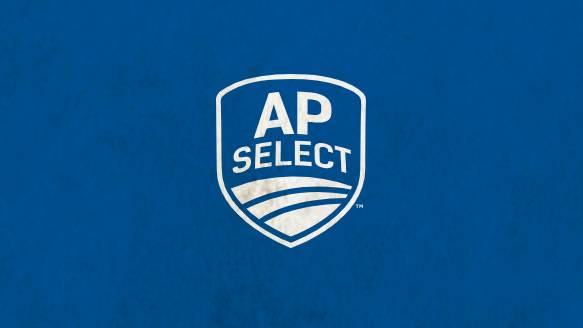Boom Breakthroughs

Rate control, boom height control, and boom section control have become effective tools in applicators’ arsenals, though it may be hard to judge these days just who is taking advantage of them. For instance, manufacturers we talked with put total corn and soybean acreage utilizing boom section control in 2009 at anywhere from 20% to 80%. Harlan Little, technical marketing specialist at AGCO, would say 80% of the row crop and flotation units he sees are applying with the equipment, while at Hemisphere GPS — which leans more toward the grower market — Jeff Farrar, ground agriculture marketing manager, puts the figure at 20%. In any case, he can report that “sales of Outback’s AutoMate doubled in 2009 over 2008, and we expect to see that again for 2010,” he says.
Farrar adds that 5% to 10% of U.S. acreage is now seeing planter boom section control. Growers are buying into this technology specifically for the seed input savings. “Seed companies are pushing higher seed population rates, and if we’re not double planting in our turn rows, that’s money saved,” he explains.
Indeed, Raven Industries’ Tim Heins, product manager, says users really like the return on investment they get. “This is one of the precision products that operators can really pencil out what their savings are.” Raven has been at the forefront of the technology, with its controllers being utilized by a number of big rig manufacturers. Both Case IH and AGCO equip units with the AccuBoom, Raven’s advanced, custom applicator-level section product. “Automatic section control is one of the most requested and talked about precision farming technologies when it comes to application equipment,” says Case IH’s Ken Lehmann.
New in 2010, Case IH will be offering a Remote Section Control feature that allows the operator to turn on and off individual boom sections from outside the cab. Lehmann says this can be very handy when applicators are inspecting nozzles or performing a nozzle tip catch test. The remote option can be added for 2010 model sprayers equipped with AccuBoom and a Case IH Viper Pro or AFS Pro 600 controller.
Deere Moves
John Deere also entered into an agreement with Raven to give customers a more entry-level product — Raven’s SmartBoom just became available through Deere dealers in September. It’s for customers who want the full benefit of automatic section control but may be hesitant or may want to test the waters before going with a premium package like Deere’s own Swath Control Pro, says Jared Hayes, senior marketing representative. “We are seeing a large demand from customers who maybe have a different color tractor, but they have all green combines — they’re looking for more universal solutions,” says Hayes. “We’re looking into that and providing products that have more universal appeal to a broader customer base.” SmartBoom can be purchased from Deere for $1,600.
Deere’s own Swath Control Pro, which interfaces only with John Deere AMS displays (GreenStar 1800 and GreenStar 2600), can be activated at a cost of $2,500. Hayes says the unit, when combined with Deere receivers, GreenStar displays, and GS2 rate controller provides a very simple to operate, integrated system that’s very user friendly for automatically controlling seed, liquid, or multi-products.
Ag Leader AutoSwath boom control is part of the company’s DirectCommand application system, while AutoFarm has teamed its FarmPRO system with Raven’s Viper Pro. These systems make all kinds of boom work possible including variable rates, height control, and section control.
More Players
All manufacturers cite the financial benefits of boom section control. “Our customers were already saving 15% of their input expenses by avoiding overlap with Trimble guidance products,” says Jorge Heraud, manager for Trimble Agriculture Flow and Application Controls/director of business development. “Adding boom section control adds an additional 15% savings or more.”
Trimble introduced its EZ-Boom control system in 1996, which could control up to 10 sections. Today, with the company’s Tru Application Control (TAC) system, operators can handle up to 24 sections. “Being able to control more sections allows users to shut off more sections individually for finer control,” says Heraud. This feature is particularly helpful for irregular borders, terraces, or waterways.
Like many precision manufacturers, Topcon offers two levels of products. Basic systems like the System 110 can be expanded with modules such as the ASC-10 (new last year) that now allows operators to do rate control as well as auto section control for up to 10 sections. It runs off Topcon’s GX45 display. The company’s more advanced System 250 is based around the X20 console, basically “an office in the cab,” explains Mike Gomes, director, Global Marketing & OEM’s – Agriculture. It can handle auto section control for up to 30 sections.
Operators can configure TeeJet Technologies’ Swath Manager 5 to achieve zero overlap, zero skips, or 50% of section width overlap. The chemical savings from eliminating double applications can easily reach 10% or more, notes Scott Lauher, product manager.
“The future of this technology will be for manufacturers to reduce the width of boom sections — which creates more of them — but they shut off quicker,” says Case’s Lehmann. “You don’t need a full 15-foot boom section in an area before it shuts down; the smaller the section, the greater the savings realized.”
Heraud at Trimble notes that cutting-edge operators today are doing section control covering two or three rows per section. In the future, the trend will go toward individual row control. “And a state-of-the-art, 90-foot sprayer today has maybe seven sections. In the next few years, the sections will go from 12-foot to 10-foot to 5-foot to individual nozzles,” he describes.





